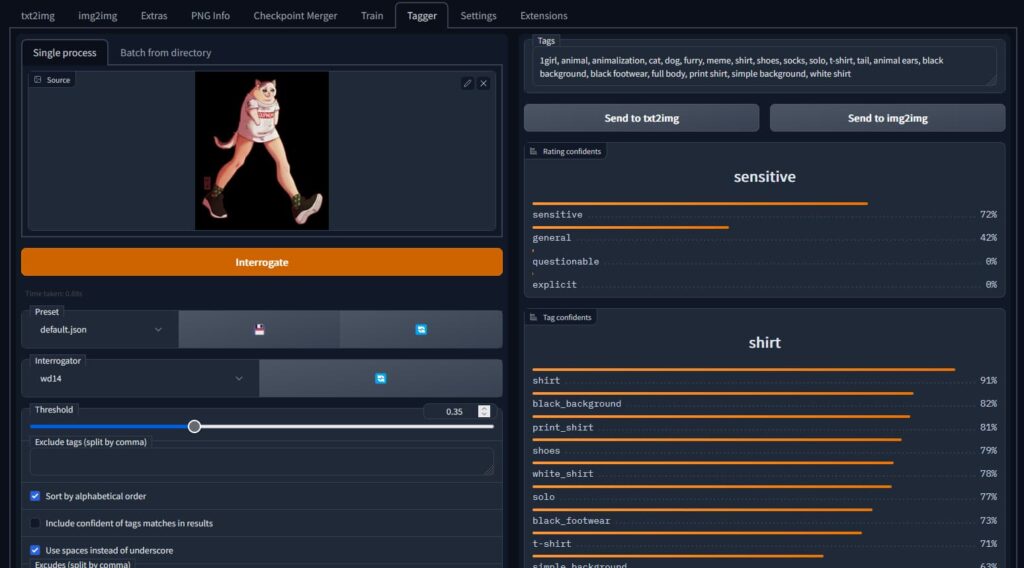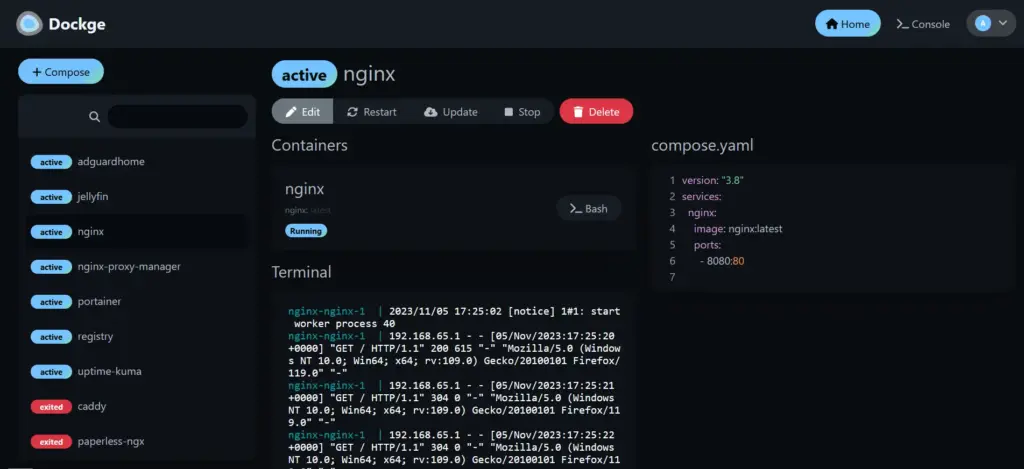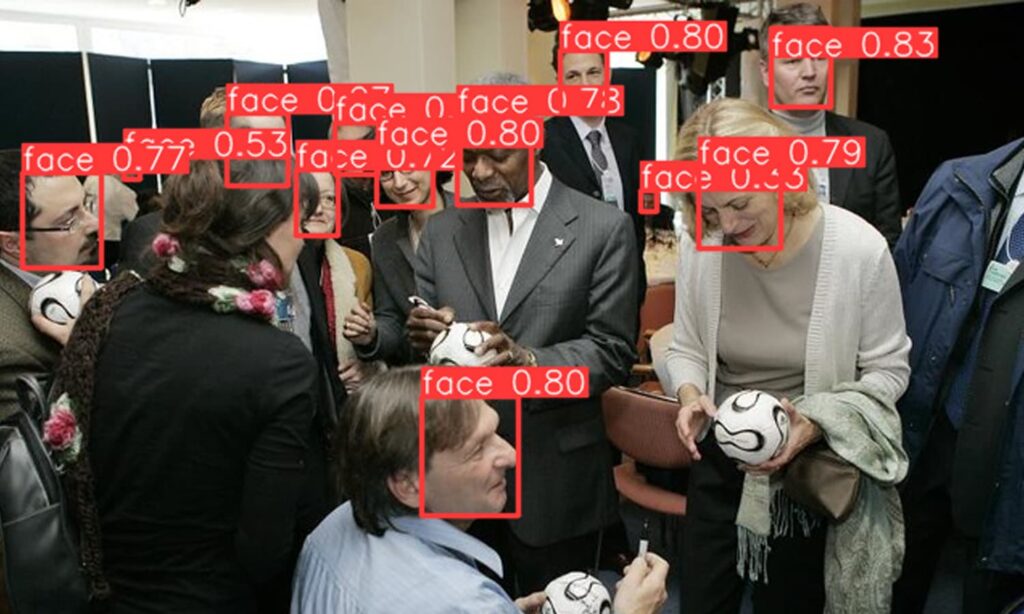Open-source software




Tutorials



Looking for the best SEO plugins for your WordPress website? Search engines are the primary source of traffic for any website, and everyone wants to rank higher in search results to increase…
Looking for the best SEO plugins for your WordPress website? Search engines…
WordPress Automatic is an outstanding WordPress plugin for auto-blogging that works as the…
Rank Math is a Search Engine Optimization plugin for WordPress that makes it easy…
WP Rocket is a modern caching plugin for WordPress. It was launched…
Astra Pro is fast, fully customizable & beautiful WordPress theme suitable for…
Neve is a super fast, easily customizable, multi-purpose theme. It’s perfect for…
Social Auto Poster is a WordPress plugin that allows bloggers, vloggers, influencers,…
Thrive Themes is a company and also the name of their software…
Divi is a very popular premium WordPress theme developed by Elegant Themes.…
Bookly PRO is a fully flexible add-on for Bookly booking plugin for WordPress that comes…
Elegant Themes is one of the greatest theme development and selling platform. Like…
Segment Anything is a powerful image segmentation tool for automatically recognizing and…
If you’re a YouTube creator looking to accelerate your monetization efforts, you’re…
Building your own e-commerce store has never been easier. As a result,…